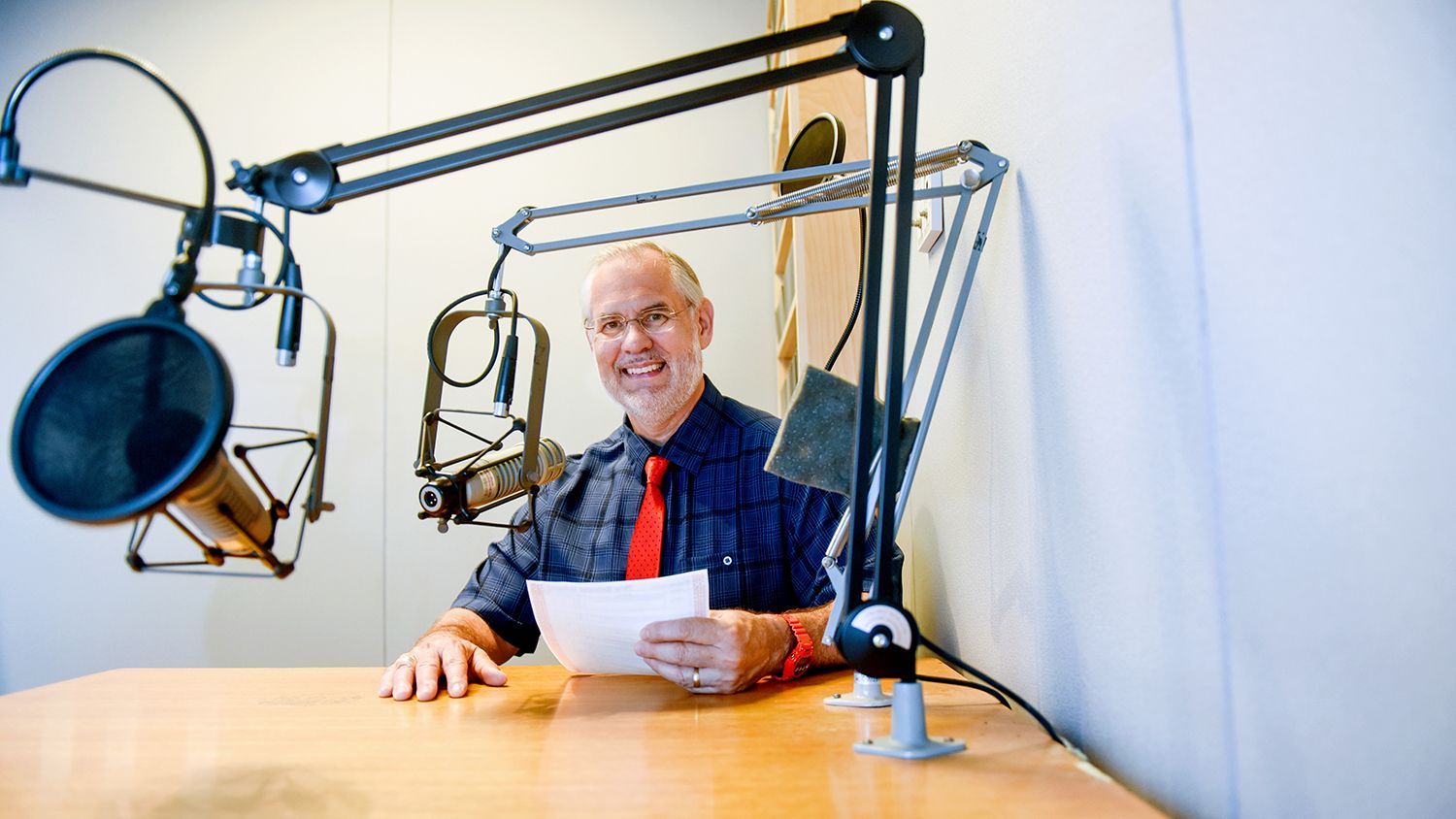YOU DECIDE: Is the recession really over?
Media Contact: Dr. Mike Walden, 919.515.4671 or michael_walden@ncsu.edu
Two reports were recently released that tell us a lot about the economy. One seemingly contained good news, while the other may hold the key for what’s going to happen to the economy.
The supposed good news report is from the National Bureau of Economic Research (NBER), a non-profit think tank not — despite its name — affiliated with the federal government. They said the recession is over and has been over since June 2009. This think tank has the official task of dating recessions, and they say the recent downturn spanned December 2007 to June 2009.
The NBER’s declaration has, understandably, been met with skepticism. Many people ask: How can the recession be over when the unemployment rate is over 9 percent and 15 million people nationwide — including 430,000 here in North Carolina — are unemployed?
The answer comes from what it means to be out of a recession. A recession means the economy is moving backwards. Indicators like income, production and employment decline during a recession. Once these indicators stop declining and begin climbing again, then we are out of a recession.
Importantly, being out of a recession doesn’t imply everything is fine! Clearly, everything is not fine economically speaking. Moreover, it may take years for some economic measures to return to their pre-recessionary levels. But in total, the economy has been making forward progress. And this is all it takes for the recession to be over.
Where is this evidence of forward progress? It’s actually in several places. Factory production is up about 15 percent, and consumer spending has jumped 5 percent in the past year, although both have still not recovered their losses suffered during the recession. Personal income has also risen for three straight quarters, and in the most recent period, North Carolina’s gain was in the highest category among the states.
Yet what about the key economic indicator: jobs? Here again, there has been progress. Since December — when the NBER says the job market bottomed out — over 700,000 jobs have been added in the nation. All of these have been private jobs, as government jobs actually declined over the period. In North Carolina, over 26,000 jobs have been added during the same period, with 60 percent of them in the private sector.
The problem is job gains have been small, less than 1 percent — specifically 0.6 percent at the national level and 0.7 percent in North Carolina. Why is this? Why is the economy moving ahead but at a snail’s pace?
The answer can be found in the second report, this one released by the Federal Reserve (the Fed). Every two months, the Fed gives us a snapshot of households’ balance sheets in terms of assets and liabilities, in other words, what people own versus what they owe.
The recession devastated household assets, destroying an amazing $15 trillion of value in both financial and real estate wealth. There’s been some recovery in the past year, but household assets today are still 14 percent off their pre-recession high.
Because of this reduction in asset value, households can no longer carry the high levels of debt they held prior to the recession. Consequently, households have been paying down on debt and saving more. Household debt is down by $450 billion since 2007, and the personal saving rate has jumped from 0 percent (no saving) to 6 percent in the past three years.
This is all good and necessary. However there is a downside. Over 70 percent of our economy is driven by household spending. If households are saving more and paying down on debt, the odd man out is spending. Households will simply not spend at rates the economy had become accustomed to before the recession. Indeed, after a brief spurt in late 2009 and early 2010, consumer spending has been flat for several months.
The bottom line is, until households reduce their debt enough to bring them in line with their now lower asset levels, spending will be tight, and the economy will grow slowly.
So how long will households remain frugal? Estimates vary because so many assumptions have to be made about factors like interest rates, saving rates and the rate at which households lower their debts. But current estimates range from two to 10 years!
So the two fresh economic reports paint a glass half full, glass half empty picture of the economy. Supporting the half full part is the good news that most economic indicators have been pointing higher, including jobs. Yet realizing households will likely continue to be tight with their money is evidence for the half empty view. You decide the conclusion; should we be smiling or frowning?
– end –
Dr. Mike Walden is a William Neal Reynolds Professor and North Carolina Cooperative Extension economist in the Department of Agricultural and Resource Economics of N.C. State University’s College of Agriculture and Life Sciences. He teaches and writes on personal finance, economic outlook and public policy. The Department of Communication Services provides his You Decide column every two weeks.
Related audio files are at http://www.ncsu.edu/waldenradio/
- Categories:


